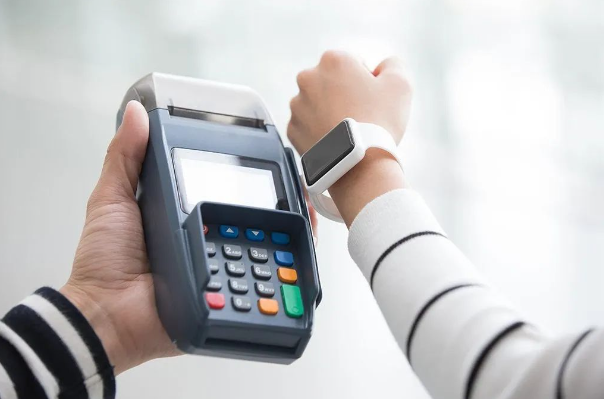 Call at :
+86 18681515767
Call at :
+86 18681515767
 Email :
marketing@jtspeedwork.com
Email :
marketing@jtspeedwork.com
 Call at :
+86 18681515767
Call at :
+86 18681515767
 Email :
marketing@jtspeedwork.com
Email :
marketing@jtspeedwork.com
Talking about the application of RFID technology in banks and financial institutions
Banks and financial institutions, with all their government credibility, provide great value and convenience to end users. However, they also have problems due to their vulnerability to fraudulent attacks, such as credit card identity theft. Therefore, banks have added a lot of work in designing personal information and service experience . Whether it's two-factor authentication or OTP to protect transactions, banks and financial institutions have come a long way in protecting their customers' account information and transactions. Banks, financial institutions, and fintech companies benefit from open APIs and fintech megatrends and applications in the transformation process of RFID technology.
RFID or Radio Frequency Identification is a security system that allows you to identify and track objects using electromagnetic fields. RFID technology is the mainstream choice in banking and financial institutions for identity verification, identity theft protection, biometric authentication, and more. These solutions ensure best-in-class security, helping customers keep their funds safe, while also allowing banks and financial institutions to manage their assets. In addition, RFID technology increases the productivity of banks and financial institutions through several automated processes.

Enhance customer retail experience
Maintaining online anonymity and accurate authentication is key to a quality bank's customer experience and identity protection. RFID technology provides biometric capabilities in banks and financial institutions, a revolutionary form of authentication that prevents customer credit card identity theft. Additionally, credit and debit cards embedded with RFID chips are useful in speeding up the retail payment experience. People no longer have to wait for the cashier to swipe their card, enter their PIN, wait for authentication to kick in, and the payment to complete. With a card embedded with an RFID chip, the end user can tap the card at the payment machine, the entire authentication process is completed in less than a second, and you can pick up your item and walk out of the store. These RFID chips guarantee the anonymity of end-user details, further preventing the risk of credit card identity theft. Thereby enhancing the user's payment experience.
Multifunctional retail application
RFID technology used in banks and financial institutions provides a fast and effective method of biometric authentication, in addition to this, it also makes multifunctional applications such as membership and loyalty smoother. Loyalty points received on specific transactions are effectively sent to the user's account without following any additional process. This authentication also aids in membership verification, and any points to be redeemed or membership privileges to be enjoyed can be quickly processed using this biometric authentication process.
RFID technology has also opened the way for smart fitting rooms . Once a customer tries on a new shirt, the smart fitting room will tell them if the same shirt is available in a different color or size, while it can also notify customers if the brand is offering discounts or deals. In addition, customers can get clothing recommendations, such as which pair of jeans would go well with the shirt, which brand has such a pair of jeans in store, and whether it’s in stock now. Smart fitting rooms also allow employees to better protect the company's clothing assets. In this way, there will be no instances of "customers" taking the clothes they tried on into the fitting room and losing them. Therefore, RFID solutions help reduce the chance of shoplifting.
Asset Tracking Using RFID Technology
The management of cash and other assets plays a vital role in the smooth operation of a bank and in providing quality service to customers. Thus, RFID tags on valuables such as checks, cash, gold, etc. are a great way for them and to ensure an adequate supply chain. At the same time, these RFID tags also help to monitor the movement and identification of these assets and ensure that there is no violation by the people involved.
ATMs, vaults, cash sorters, etc. are all important assets that banks need system protection for. RFID technology from banks and financial institutions can also be used here. The maintenance and regulatory compliance of all these assets can be managed , in this way, the process does not need to be performed manually by the relevant staff. These RF ID tags not only help to increase the utilization of resources, but also increase productivity, so RFID technology is slowly replacing the barcode scanning method used earlier to maintain inventory.
In conclusion
Assets such as bank cards, ID cards, laptops, safes, and databases can be protected by implementing RFID chips. Therefore, with biometric authentication, it can be ensured that only authorized personnel have access. As banks and financial institutions need to protect their physical and digital assets, they need to establish strong access control systems.
>>Source of this article: RFID World Network
Copyright © 2026 Shenzhen Jietong Technology Co.,Ltd. All Rights Reserved.

IPv6 network supported